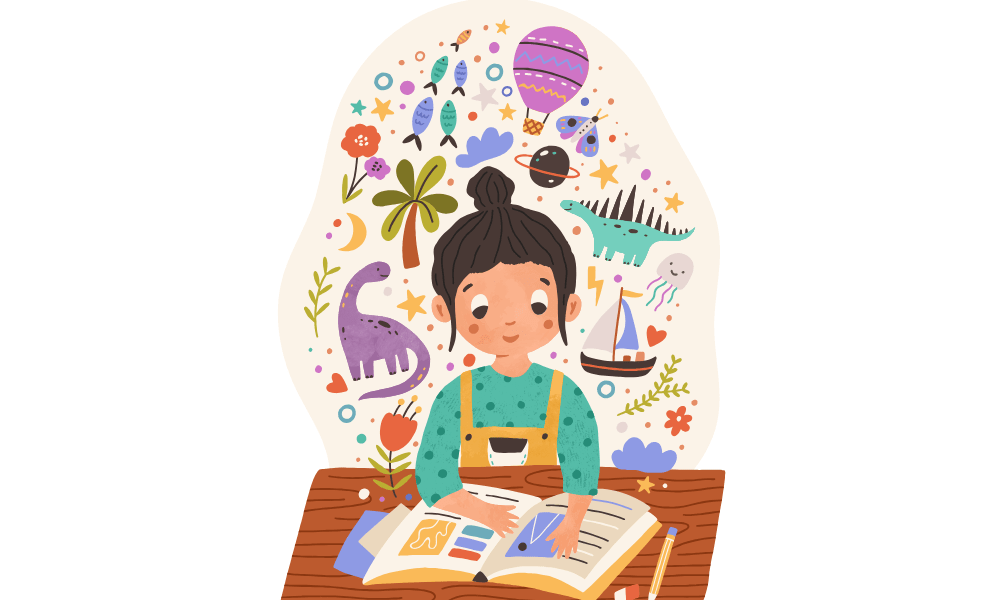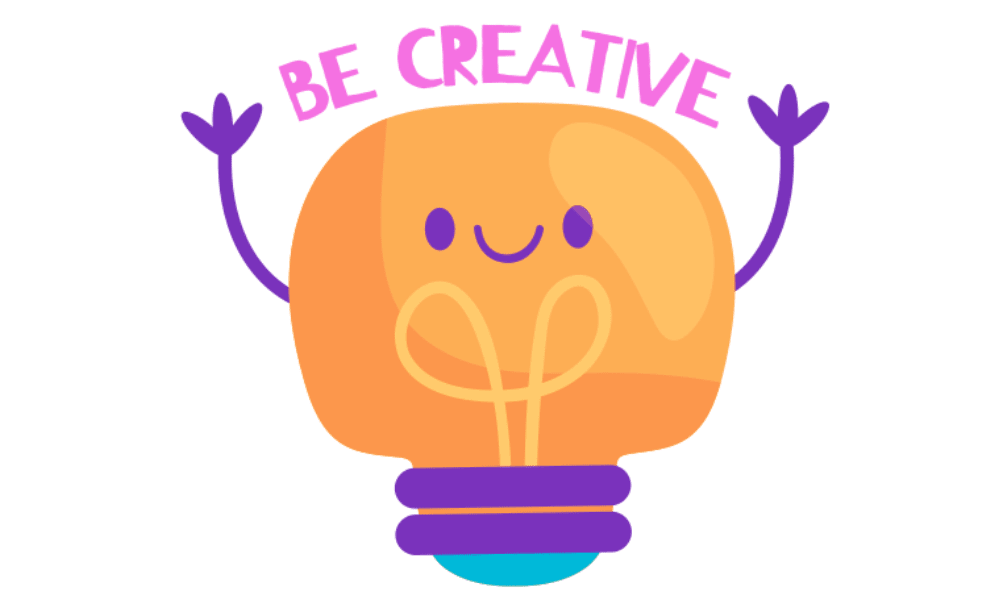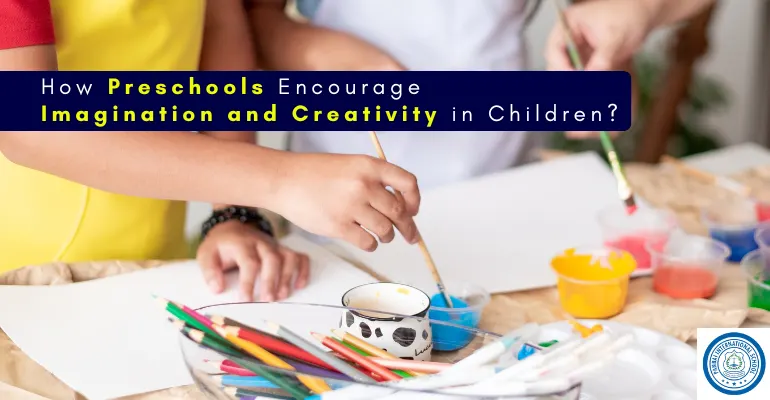How Preschools Encourage Imagination and Creativity in Children ?
February 22, 2025 2025-02-22 5:46How Preschools Encourage Imagination and Creativity in Children ?
“A child’s imagination is a window to their world of endless possibilities. The right preschool environment nurtures creativity, allowing children to explore, experiment, and express themselves freely.”
The early years of a child’s life play a crucial role in shaping their cognitive and creative abilities. Encouraging imagination and creativity helps children develop problem-solving skills, emotional intelligence, and critical thinking.
The Best Pre Schools in Santacruz understand the importance of fostering an engaging and stimulating environment where children can grow beyond structured learning and cultivate originality in their thoughts and actions.
The Role of Preschools in Fostering Imagination and Creativity:


Preschools play a fundamental role in creating an atmosphere that encourages curiosity, innovation, and expression.
Through various interactive methods and experiential learning, children gain the freedom to explore ideas and develop confidence in their creative abilities.
1. Play-Based Learning and Imaginative Exploration
Play is a vital component of early education, enabling children to learn organically. Pretend play, role-playing, and storytelling allow children to explore different scenarios and bring their imagination to life.
Teachers use puppets, costumes, and open-ended toys to help children create their own narratives, enhancing their ability to think independently.
2. Artistic and Hands-On Activities
Engaging children in art, craft, and sensory activities gives them an outlet for self-expression. Painting, sculpting, and drawing encourage creativity while refining motor skills.
Preschool classrooms are often designed with creative corners that provide materials for children to experiment with colors, textures, and shapes, helping them develop a keen eye for artistic exploration.
3. Music, Movement, and Dramatic Play
Music and movement stimulate creative thinking while also improving coordination and memory. Singing songs, dancing to rhythms, and engaging in dramatic performances provide children with a dynamic way to express emotions and ideas. These activities instill confidence and help children develop an early appreciation for the arts.
4. Outdoor and Nature-Based Learning
Nature serves as a limitless source of inspiration for young minds. Preschools incorporate outdoor learning activities such as nature walks, gardening, and observational exercises to spark curiosity.
Engaging with the natural world allows children to see patterns, shapes, and relationships in their surroundings, enhancing their creative thought process.
5. Interactive Storytelling and Language Development
Storytelling plays a crucial role in developing imagination and creativity in children. Teachers use books, visual storytelling, and interactive discussions to help children build their own stories and expand their vocabulary. Encouraging children to create alternate endings to stories or imagine new characters fosters originality and cognitive flexibility.
6. Encouraging Problem-Solving and Independent Thinking
Creativity is not just about artistic expression—it is also about thinking critically and solving problems in innovative ways.
Preschools promote creative problem-solving by asking open-ended questions, providing hands-on science experiments, and encouraging children to explore different solutions to a challenge.
The Long-Term Benefits of Creativity in Early Education:


Fostering imagination and creativity in early childhood builds a strong foundation for lifelong learning. Children who are encouraged to think creatively tend to be more adaptable, confident, and innovative in their approach to learning. Creativity helps children develop resilience, communication skills, and the ability to express their emotions effectively.
Conclusion
Preschools are not just about academics—they are about shaping young minds to become inquisitive, innovative, and expressive individuals. Encouraging imagination and creativity ensures that children develop essential skills that will benefit them throughout their lives.
The right preschool environment cultivates a love for learning, allowing children to explore their interests and develop their unique perspectives. Parents looking for a preschool that prioritizes creative growth should seek institutions that offer a balanced approach to structured learning and open-ended exploration.
Frequently Asked Questions (FAQs)
Ques 1. Why is Imagination and Creativity important in early childhood?
Ans. Imagination and creativity help children develop problem-solving skills, critical thinking, and emotional intelligence, which are essential for their overall development.
Ques 2. What role does play have in developing creativity?
Ans. Play allows children to explore different scenarios, express themselves, and develop independent thinking skills.
Ques 3. How does art and craft help in creative development?
Ans. Art and craft activities enhance self-expression, improve fine motor skills, and encourage children to experiment with colors and textures.
Ques 4. What are some activities that promote creativity in preschools?
Ans. Activities like role-playing, pretend play, nature exploration, interactive storytelling, and problem-solving tasks help nurture creativity.
Ques 5. Can structured learning and creativity coexist?
Ans. Yes, a well-balanced preschool program integrates structured learning with open-ended exploration to nurture creativity.




